Arrowsmith (1931)
“Bugs don’t commit suicide… What killed them?”
|
Synopsis: |
|
Genres, Themes, Actors, and Directors:
Review: The one black native (Clarence Brooks) presented as civilized has, naturally, been educated in the United States, and is lighter-skinned. Meanwhile, Colman’s infatuation (affair?) with Loy’s undeveloped character is thoroughly unexplained — again, it’s dealt with more realistically in the novel, and sanitized for the screen: … and the pivotal moment when Colman makes a deadly mistake on the island is laughable in its (his) unrealistic carelessness. On the plus side, Ray June’s black-and-white cinematography is stunning throughout (there are many memorable visual sequences), and Hayes’ performance is notable as well; she imbues her challenging role with humanity. Redeeming Qualities and Moments: Must See? Links: |
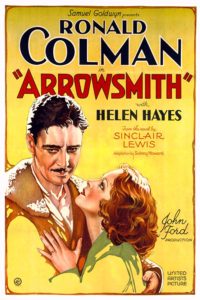
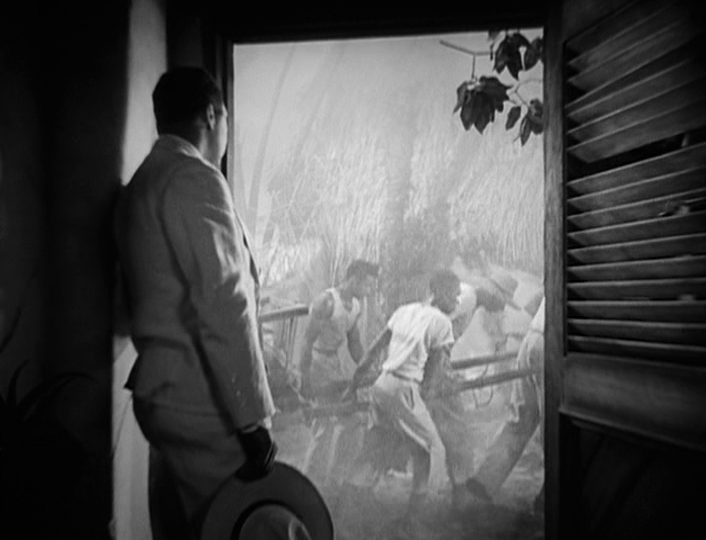

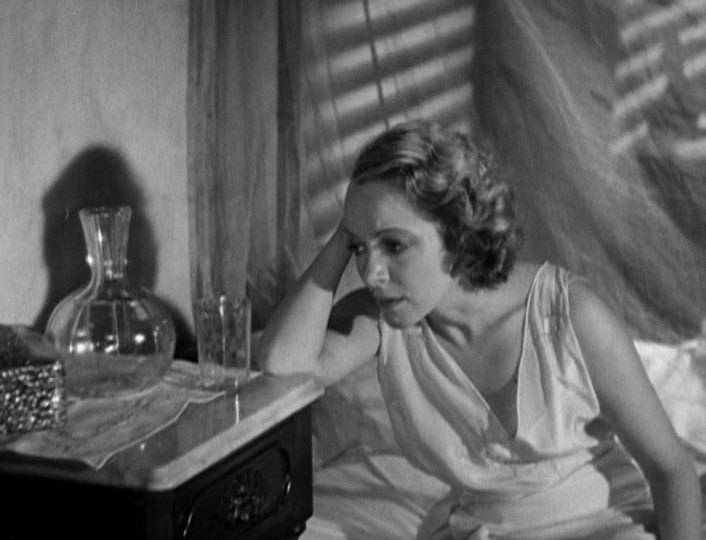

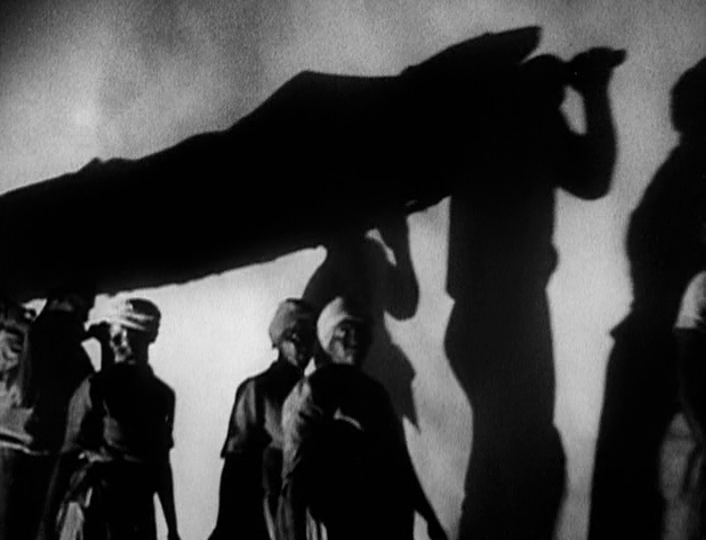
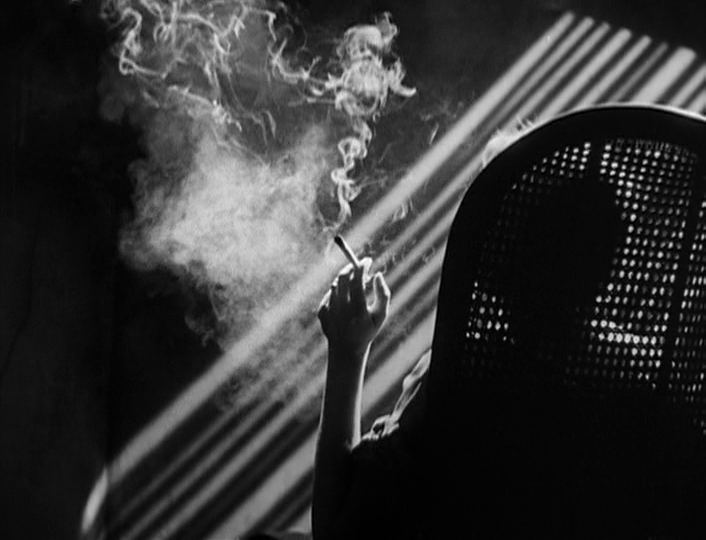
One thought on “Arrowsmith (1931)”
First viewing. Not must-see.
Wikipedia tells us that Ford’s version of this was a financial and critical success but I agree with the observation that it “was likely of much greater interest to audiences of the day — presumably those who had read the novel — than it will be for modern viewers.”
Apparently Sidney Howard’s script was largely faithful to the almost-500-page novel but overall the condensation makes for an awkward transition. As well, a fair amount of the dialogue is unfortunate: Colman asks Hayes to marry him after knowing her through one meal together (such a thing in film is always tiresome); as a new doctor in South Dakota, he hears that a child has a sore throat and concludes “It might be diphtheria.” (Why?!); Colman admonishes that child’s parents with “You should have called a doctor before this!” (“A doctor”? When he’s the only doctor in town and newly arrived at that?) …Other odd examples pop up throughout the film.
It’s always nice to see Colman when he’s giving a more-controlled performance (which is the case here) – and Hayes does what she can as well. (Loy is rather wasted.) And, certainly, Ford’s direction can’t be faulted – he serves up the material as logically as possible, always managing to create a solid sense of place and atmosphere. To the film’s credit, there are some particularly strong sequences but they seem too few.
I’ve not read enough of Lewis’ work (I’ve only read ‘Main Street’ – so I do have an idea of his style) and I hope to read more in the future. But my sense is that the novel may not have been served well enough by this film.